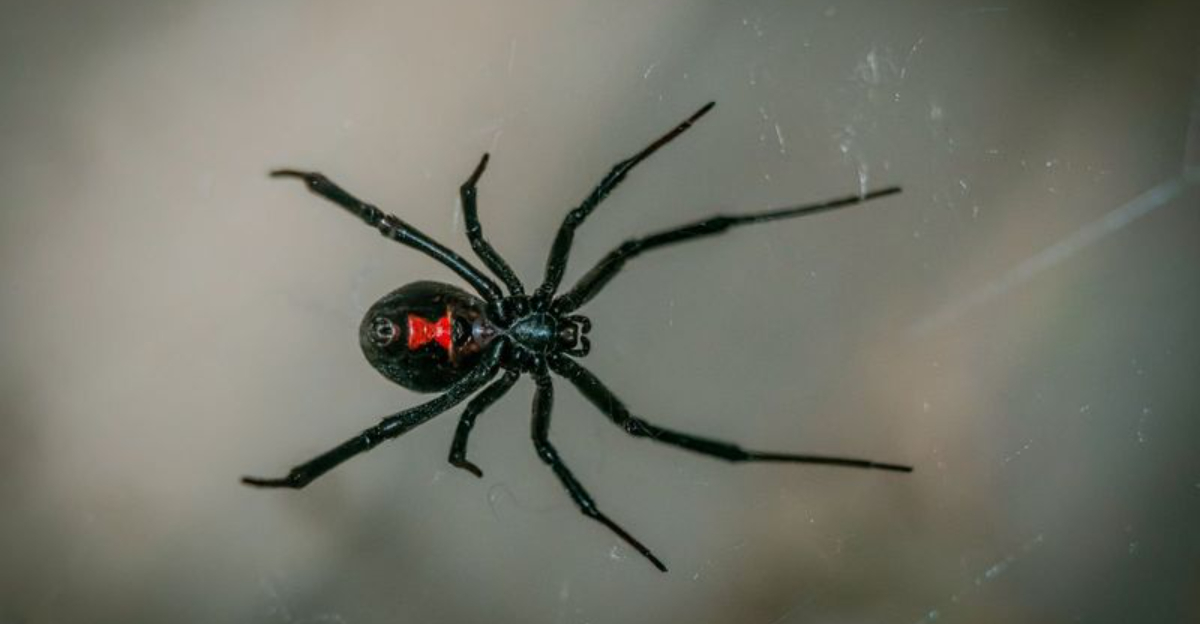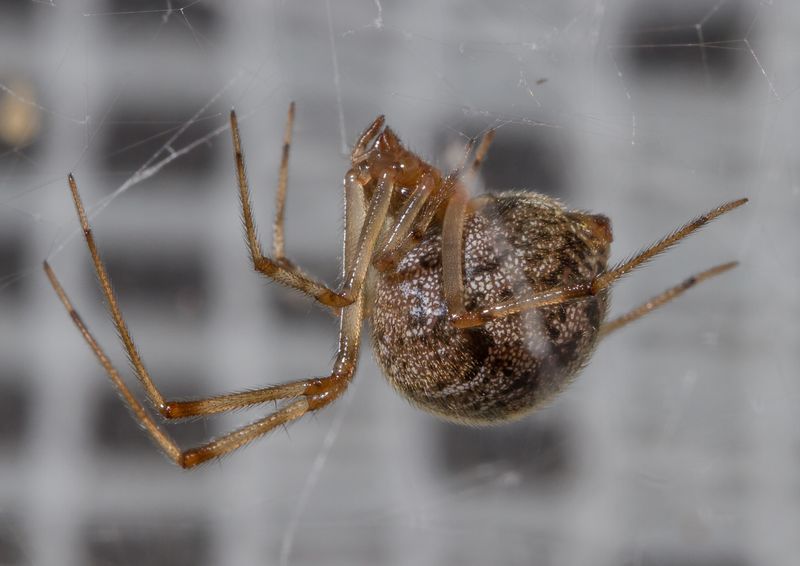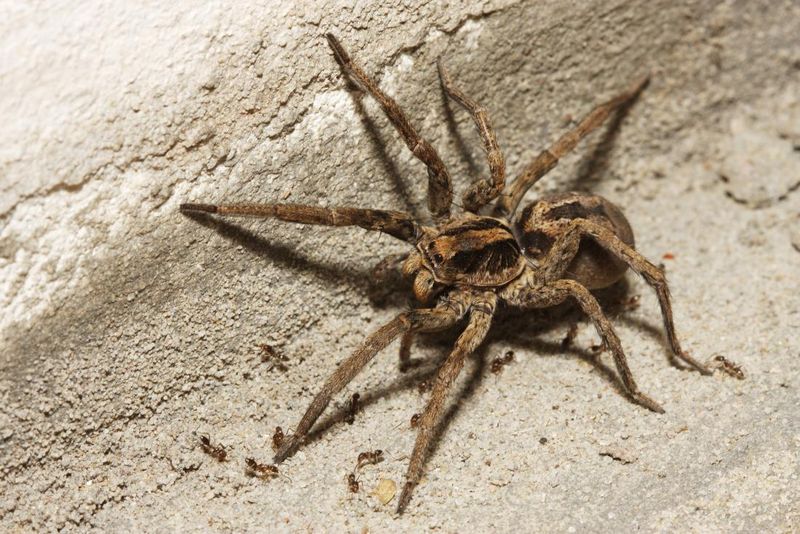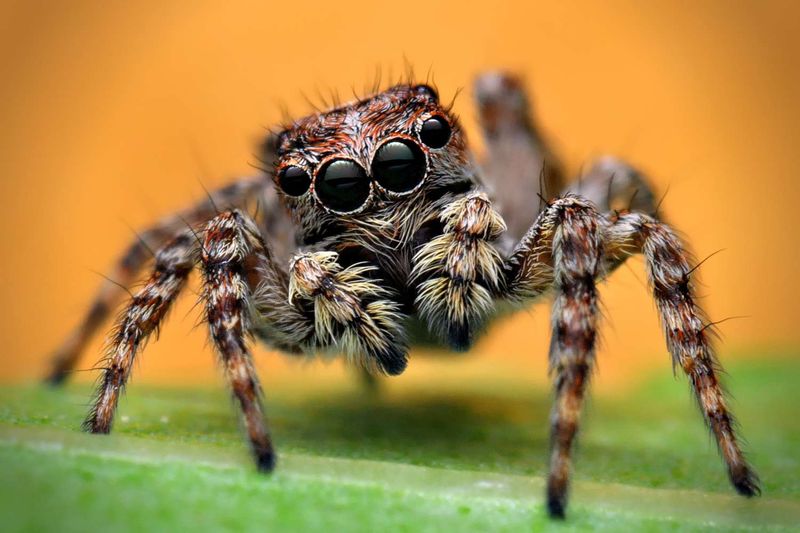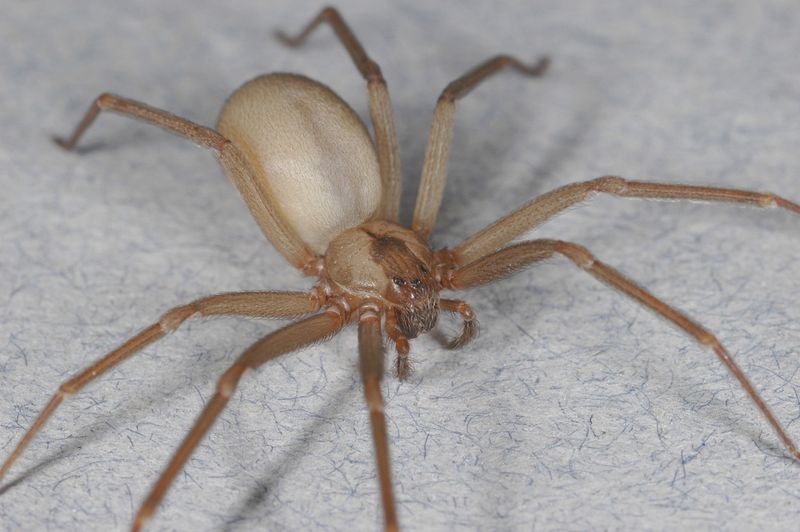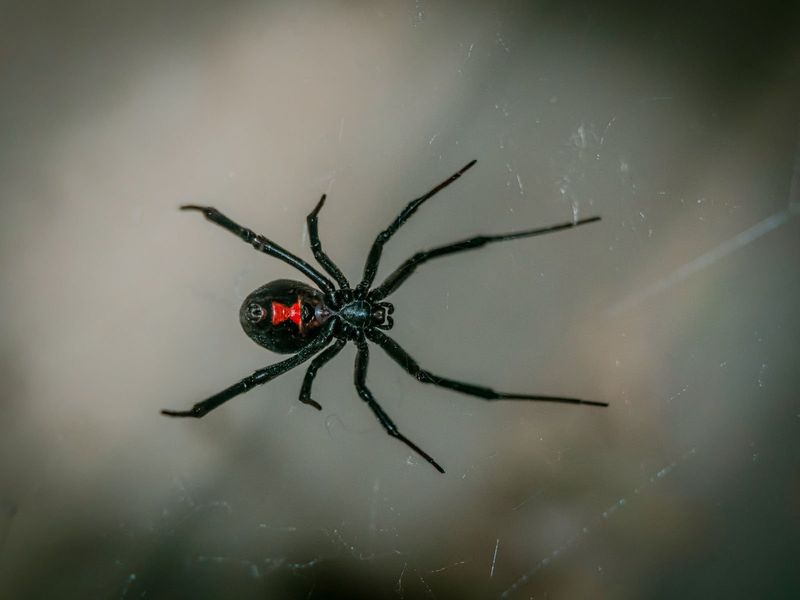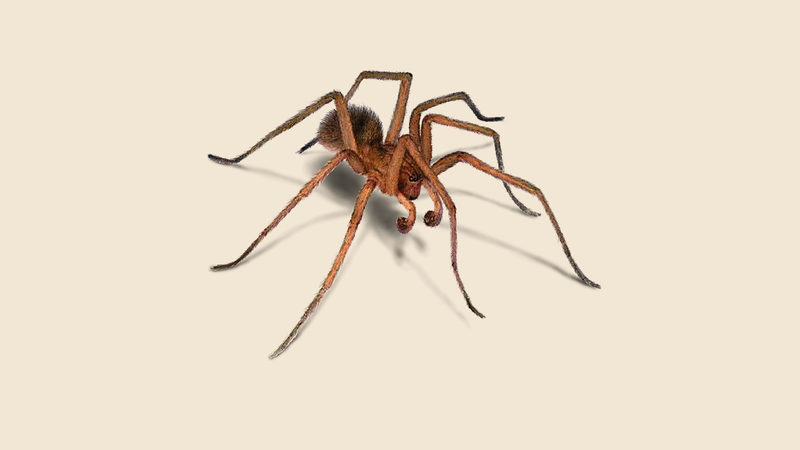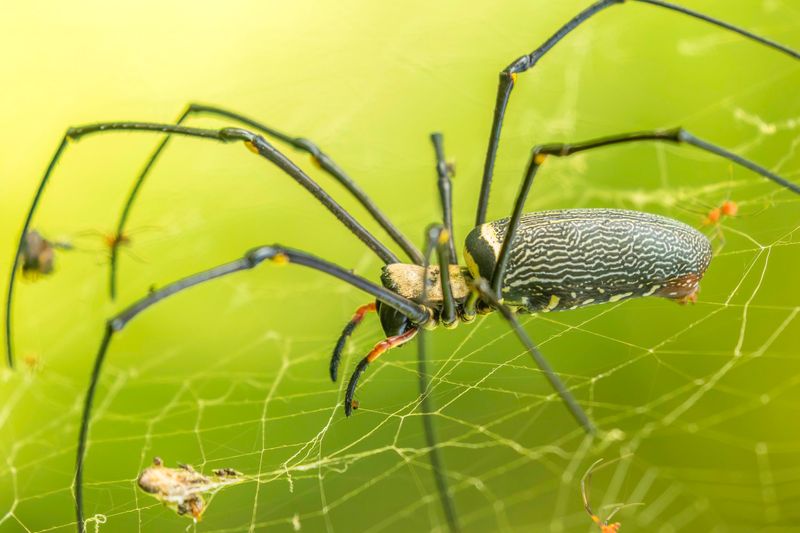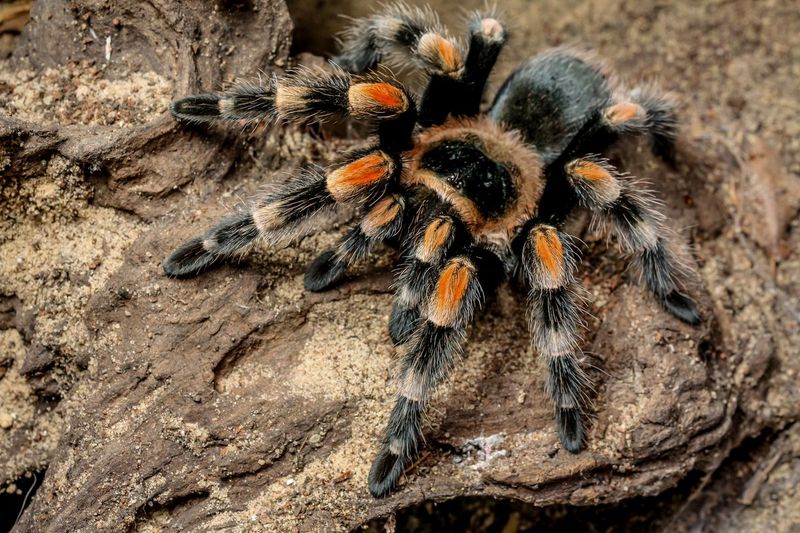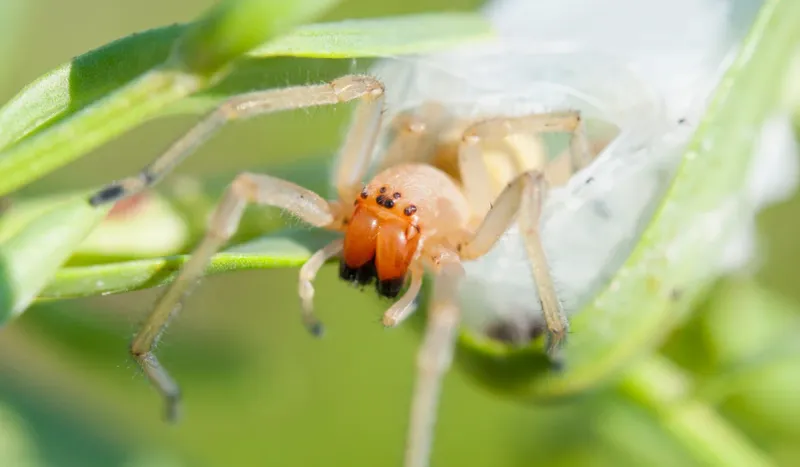📖 Table of Content:
Spiders are among the most common yet misunderstood houseguests, often met with unease despite their beneficial role in pest control. These silent hunters help manage insect populations, making them essential allies in maintaining a balanced home environment. Learning more about the spiders you encounter can shift fear to fascination and promote coexistence.
From tiny cobweb weavers to larger cellar spiders, each species brings unique characteristics and behaviors. Their web designs, hunting strategies, and preferred hiding spots reveal much about their role in the household ecosystem. Understanding their habits can help demystify their presence and highlight the benefits they bring to our living spaces.
Let’s explore the 10 most common house spiders, offering insight into their appearance and ecological significance. Whether you seek to identify a recent visitor or simply learn more about these remarkable arachnids, you’ll find valuable information to appreciate their place in your home.
1. Parasteatoda tepidariorum
The common house spider, scientific name Parasteatoda tepidariorum, is a frequent resident in many homes. This small brown spider is often found weaving messy webs in corners and crevices. They are harmless to humans and primarily feed on small insects.
Their presence can help reduce the number of pests in your home, making them beneficial inhabitants. Although their webs can become unsightly, these spiders are natural pest controllers.
Their adaptability to indoor environments allows them to thrive where other spiders might not, making them one of the most encountered spiders indoors.
2. Daddy Longlegs
Often mistaken for a true spider, the daddy longlegs, or cellar spider, features a tiny body and long, slender legs. These spiders are known for their bouncing behavior when disturbed, which can be quite entertaining.
Despite myths, their venom is not dangerous to humans. They are effective hunters of small insects, contributing to household pest control.
Their webs are often thin and uneven, tucked away in dark corners or basements. These spiders prefer undisturbed spaces, where they can quietly go about their predatory activities.
3. Wolf Spider
Unlike web-building spiders, the wolf spider is a hunter that roams freely in search of prey. Recognizable by its hairy body and agile movements, it’s often found in garages or basements.
Wolf spiders are solitary and prefer to run than engage with threats. They are harmless to humans and typically avoid contact.
Their keen eyesight aids in hunting, making them efficient predators. Though their appearance might be startling, they play an important role in controlling insect populations indoors.
4. Jumping Spider
Jumping spiders are easily recognized by their unique eye pattern and vibrant colors. Unlike other spiders, they don’t spin webs to catch prey. Instead, they use their incredible jumping ability to pounce on insects.
These spiders are curious and can often be seen observing their surroundings, which makes them quite engaging to watch.
Their presence indicates a healthy environment, as they prefer areas with plenty of insect activity. Despite their small size, they are effective hunters, helping to keep your home free from pests.
5. Brown Recluse
Feared for its venomous bite, the brown recluse is a spider known for the violin-shaped mark on its back. Typically reclusive, it seeks out undisturbed spaces like attics and closets, avoiding interaction whenever possible.
These spiders are not aggressive and bites are rare, occurring mostly when they feel threatened.
They play a role in controlling other pest populations, but caution is advised. If bitten, medical attention should be sought. Understanding their habits can prevent unwanted encounters.
6. Black Widow
Infamous for its potent venom, the black widow stands out with its glossy black body and distinctive red hourglass mark. As one of the most recognizable spiders, it commands attention and caution alike.
They prefer dark, sheltered areas like sheds or garages. Though their bite is rarely fatal, it can cause significant discomfort, making caution necessary.
Black widows are not aggressive, typically biting only in self-defense. They control pest populations, but awareness and care should be exercised when cleaning areas where they might reside.
7. Hobo Spider
The hobo spider, often associated with urban legends, is a modest brown spider that builds funnel-shaped webs. Found in basements or crawl spaces, they’re not as dangerous as once thought.
Their bites are often mistaken for those of more harmful spiders, but they are generally harmless to humans.
Hobo spiders are shy and avoid human contact. By preying on insects, they contribute to indoor pest management, allowing them to coexist peacefully with humans when left undisturbed.
8. Orb Weaver
Famous for their intricate, symmetrical webs, orb weavers add beauty to both indoor and outdoor spaces. Large and colorful, these spiders are generally harmless to humans and become most active as night falls.
They help control insect populations by capturing flies and other pests in their webs. Their presence is often a sign of a thriving ecosystem.
Watching an orb weaver build its web can be a fascinating experience, showcasing the intricate complexity of nature’s engineering marvels.
9. Tarantula
Large and hairy, tarantulas may occasionally wander indoors in search of food or shelter, though they are not typically found in homes. Despite their intimidating appearance, these spiders are generally harmless to humans.
Their size and appearance can be startling, but they are docile and prefer to avoid confrontation.
Tarantulas feed on insects and small animals, playing a unique role in the ecosystem. While not a common house spider, understanding their behavior can ease fears and promote coexistence with these gentle giants.
10. Yellow Sac Spider
Small and pale, the yellow sac spider is known for crafting silk sacs in corners or along walls. As active hunters, they forgo webs, preferring to stalk their prey directly.
Though their bite can cause mild irritation, they are not dangerous to humans. These spiders are often found indoors during the colder months.
Their presence helps control insect populations, and their elusive nature means they are rarely seen despite being quite common. Understanding their behavior can help in identifying and appreciating these subtle arachnids.
